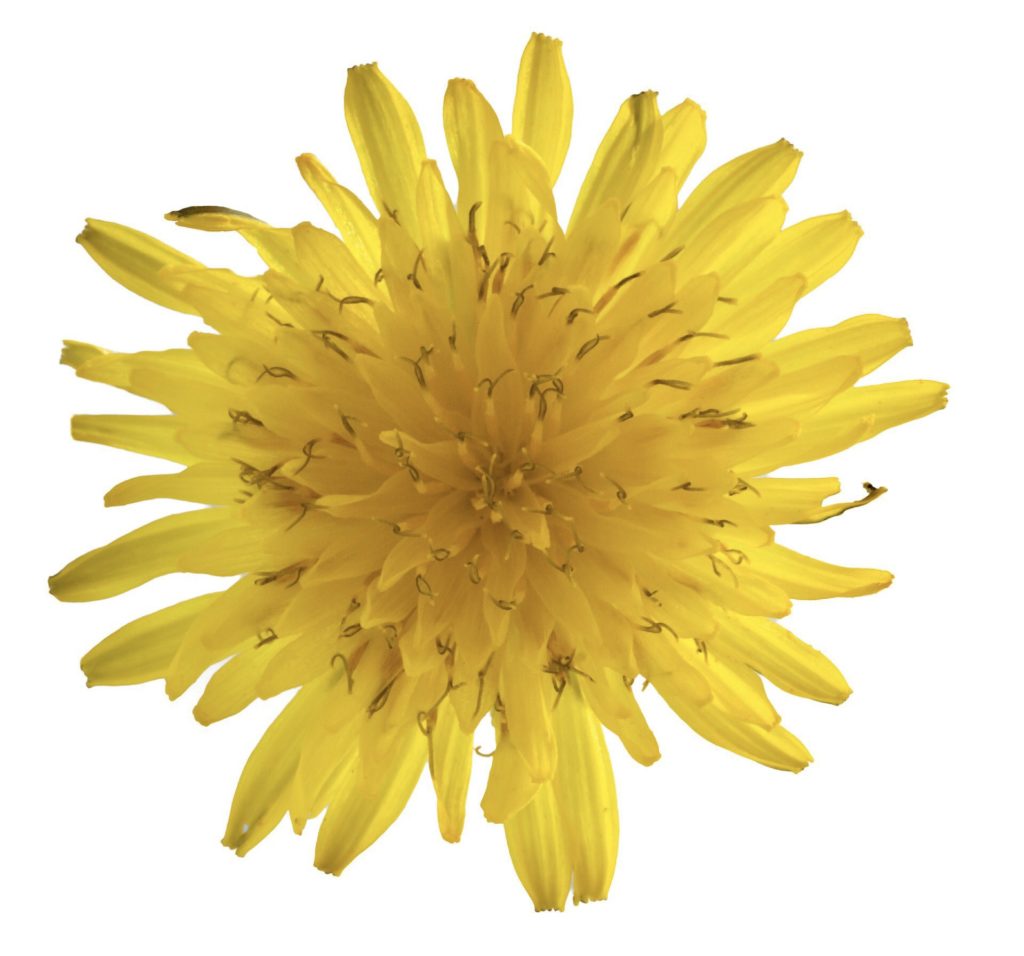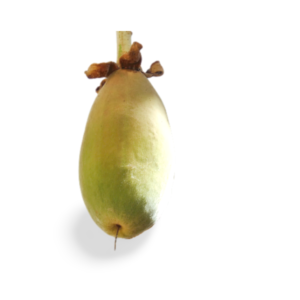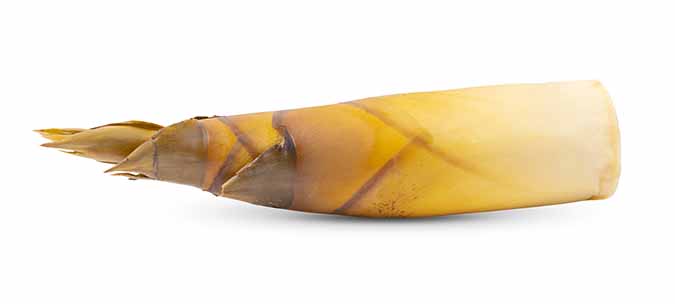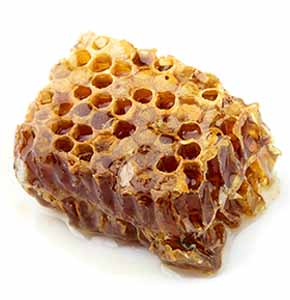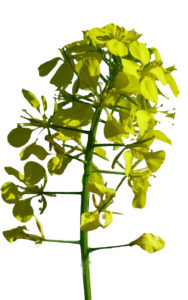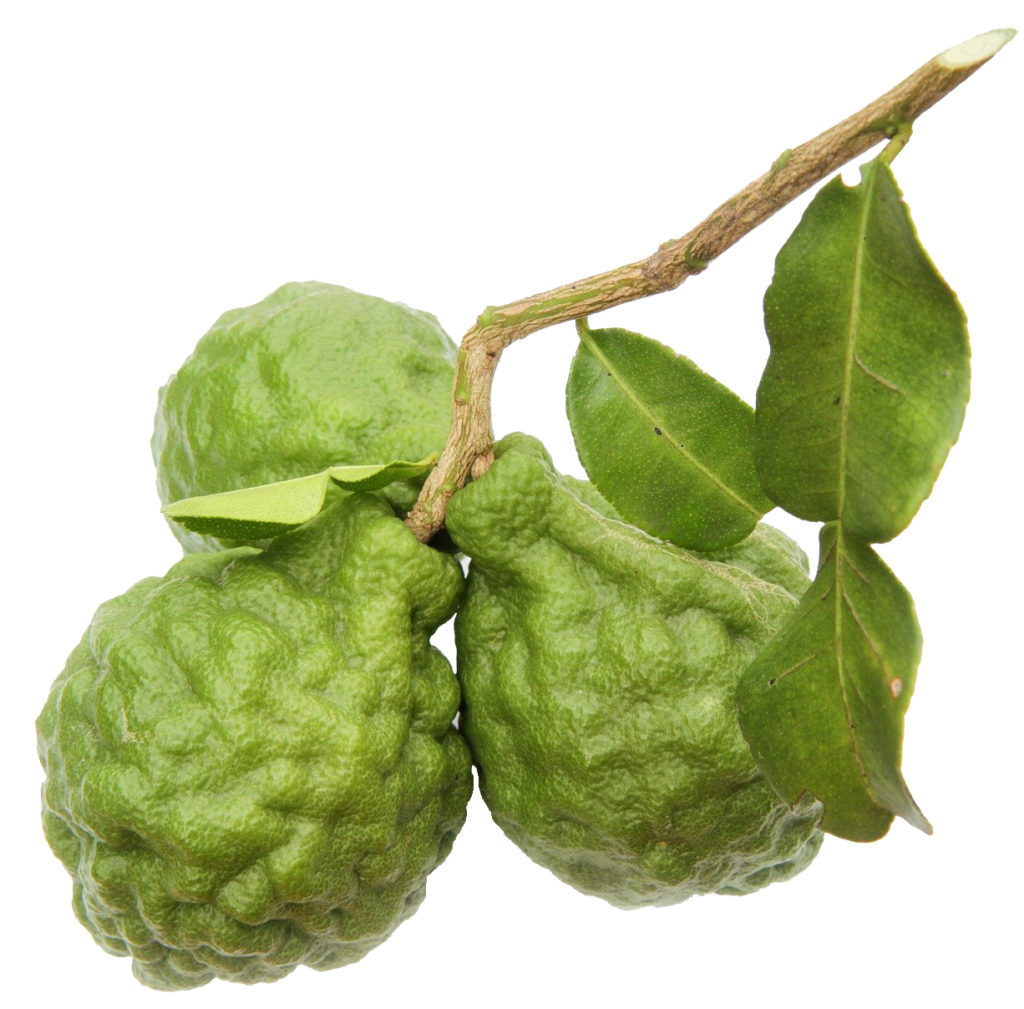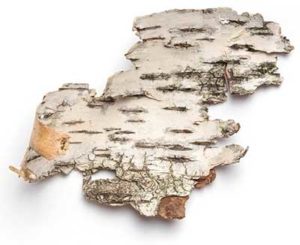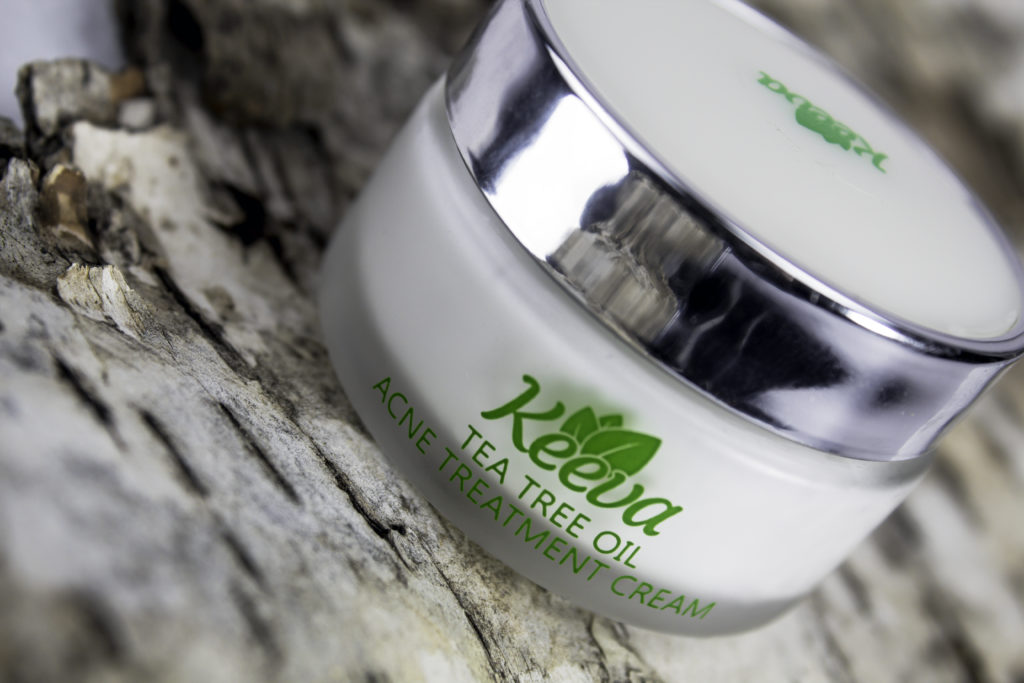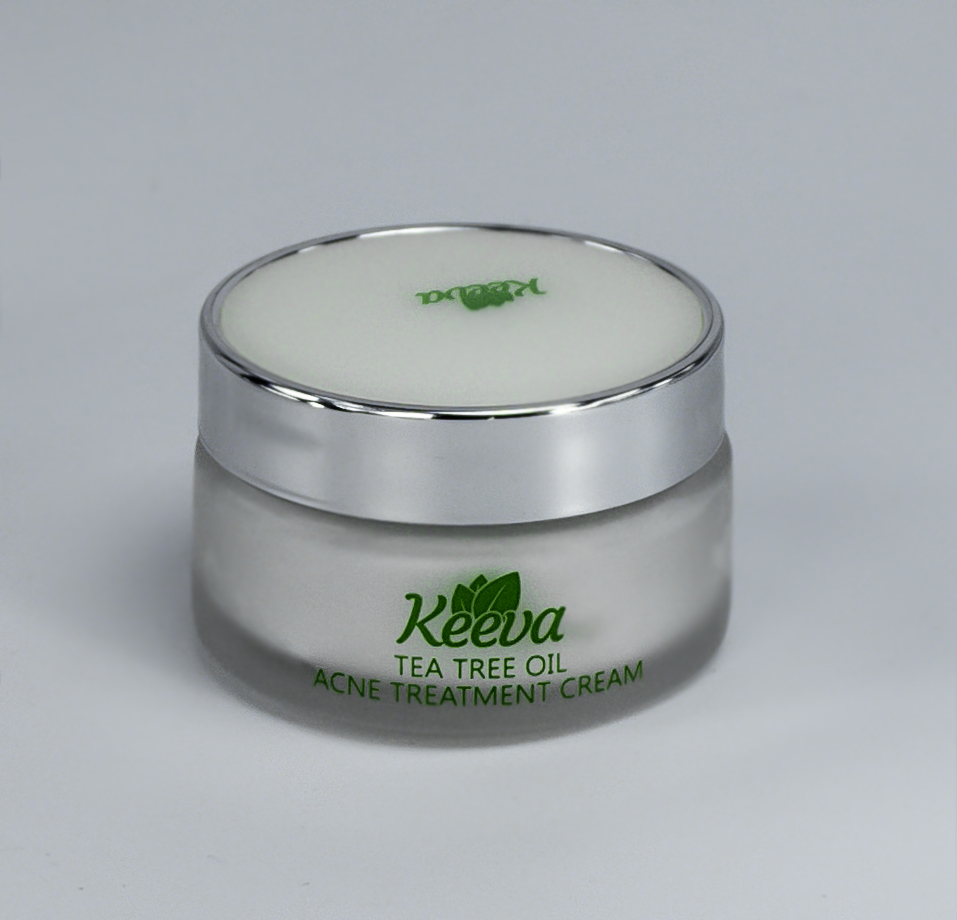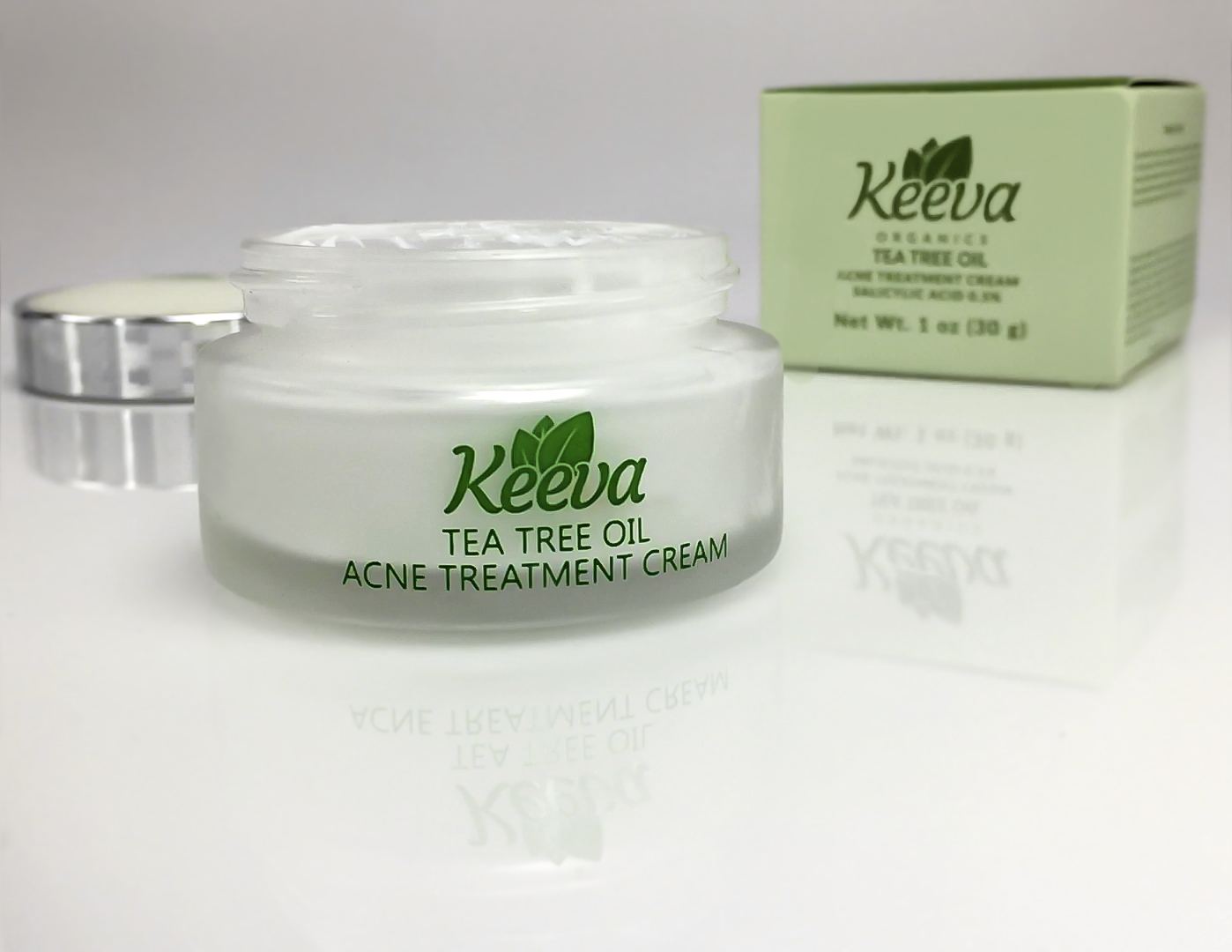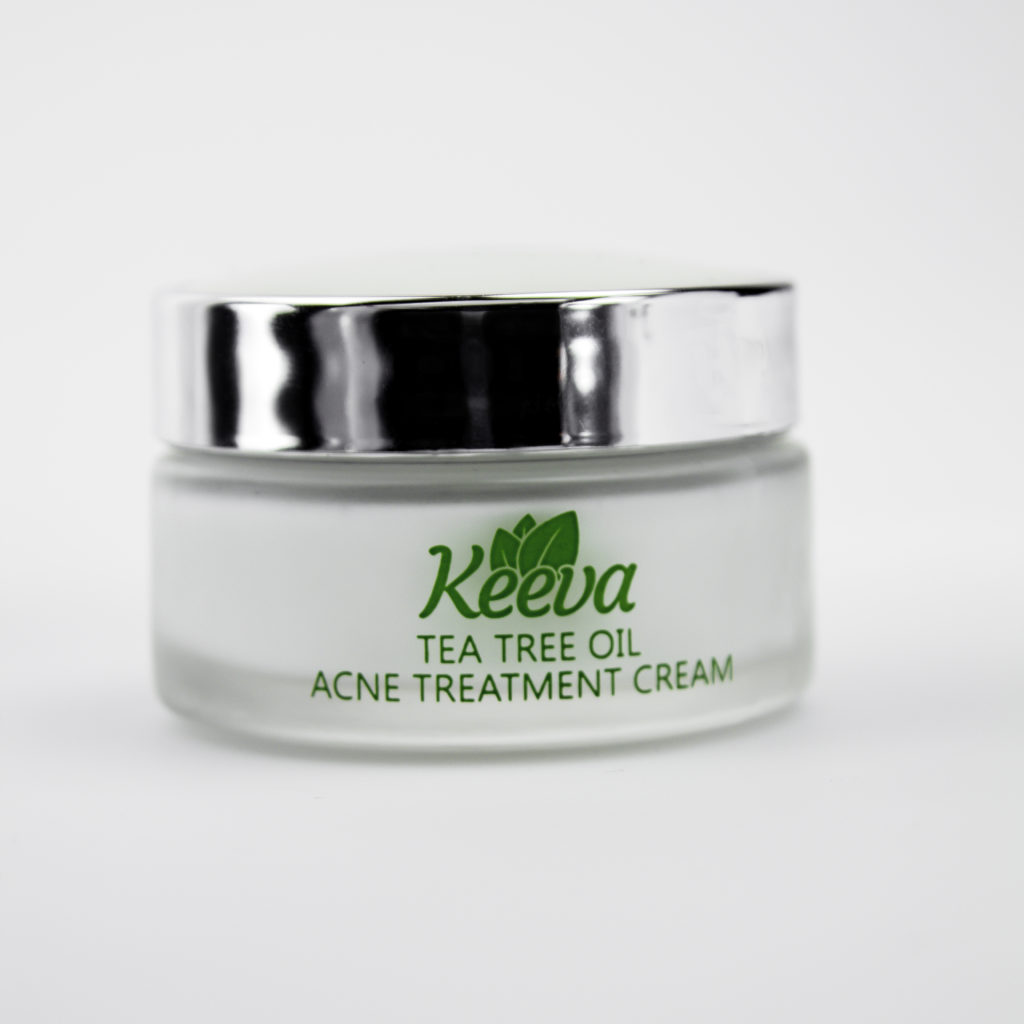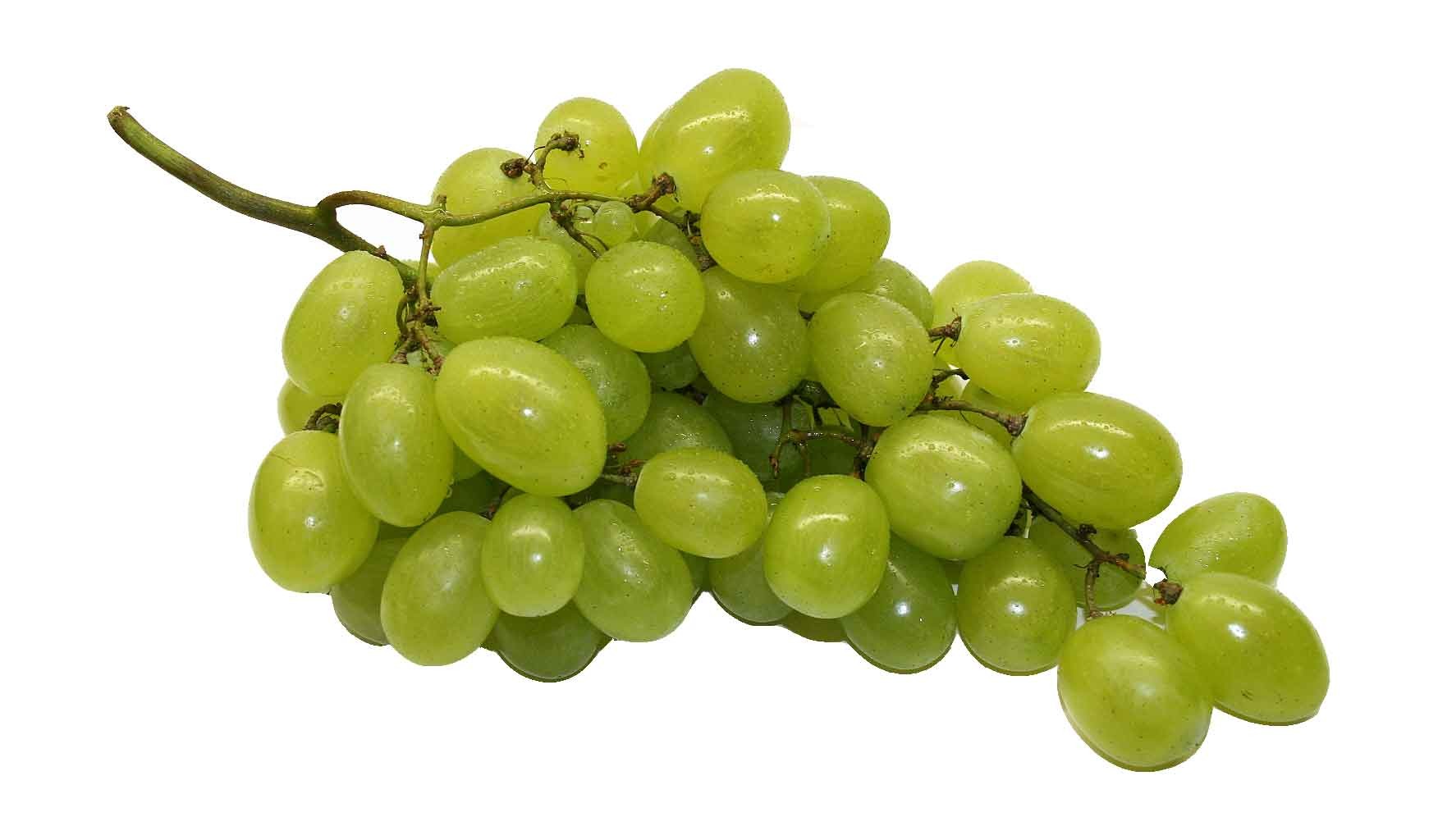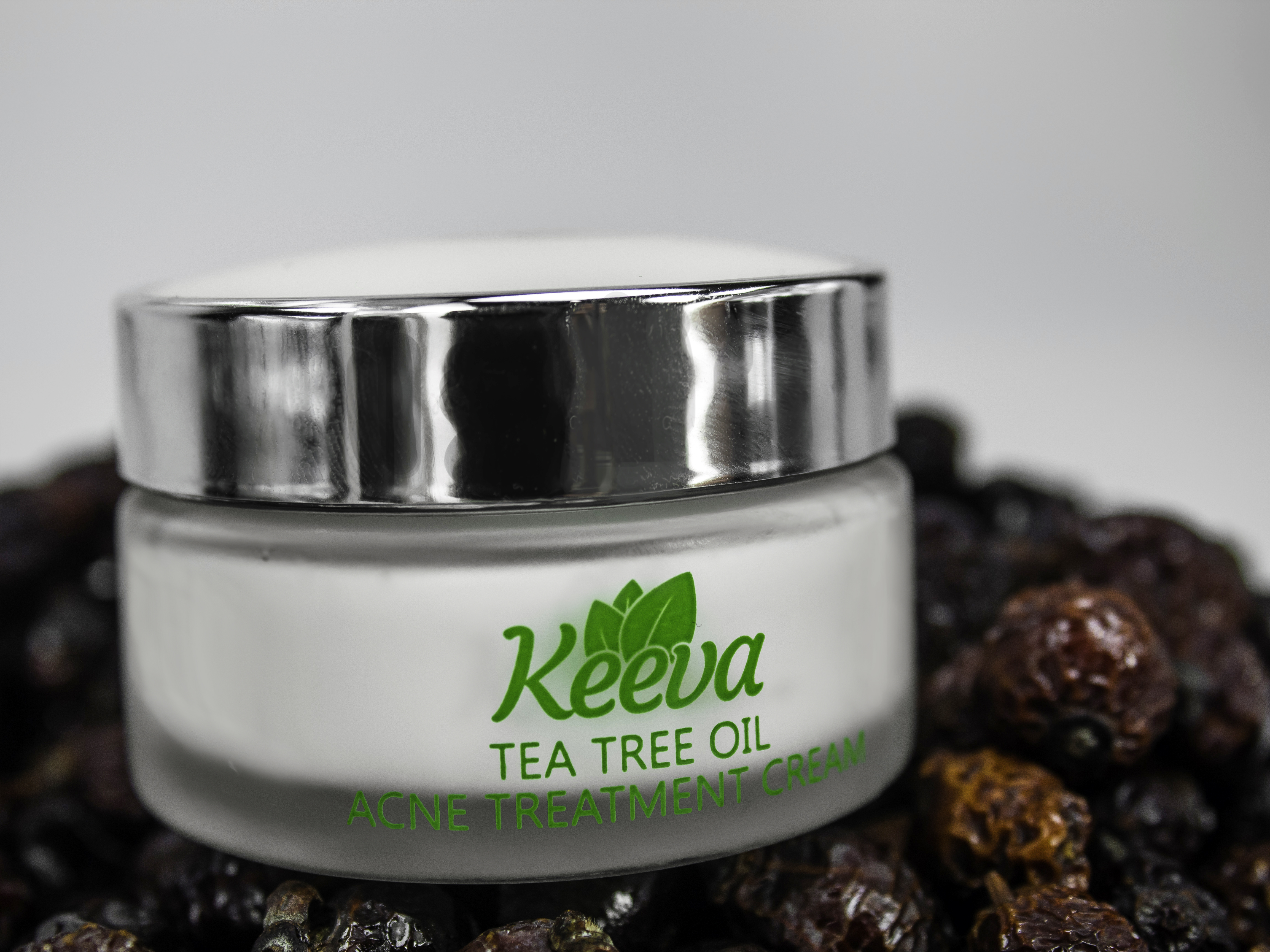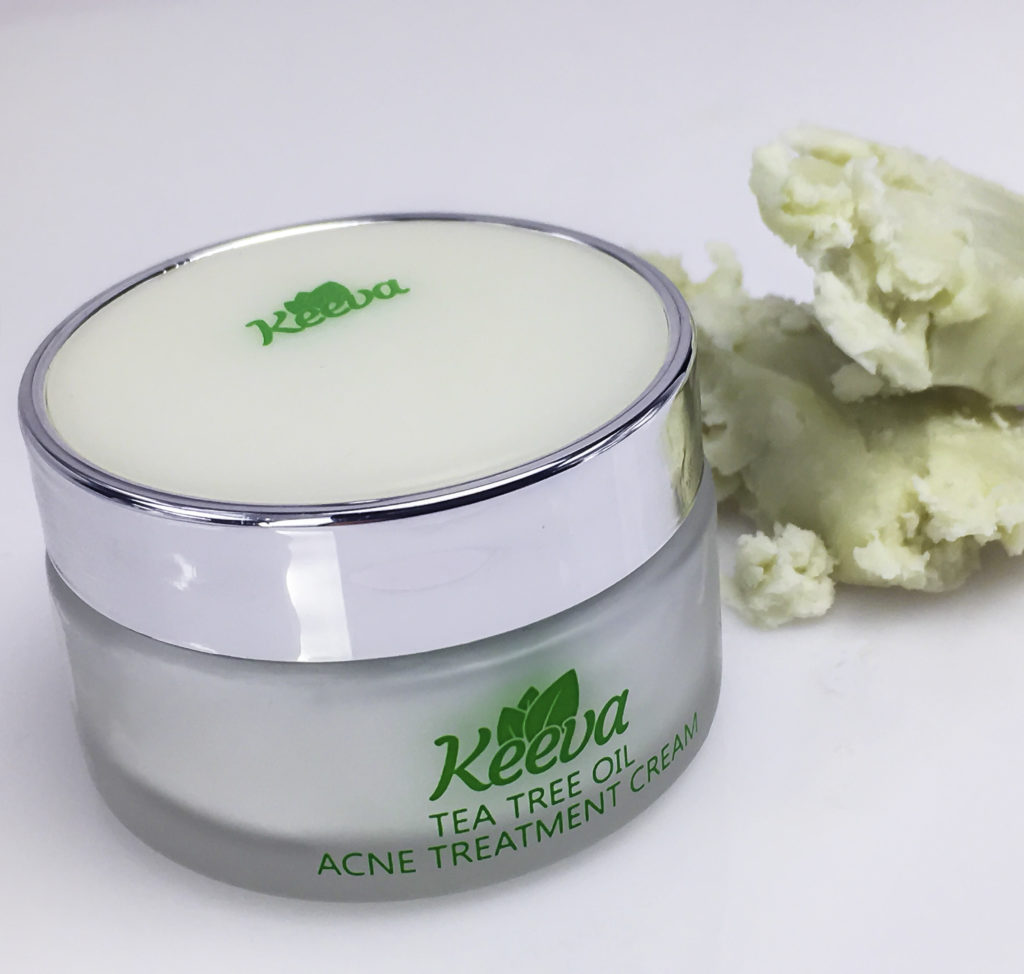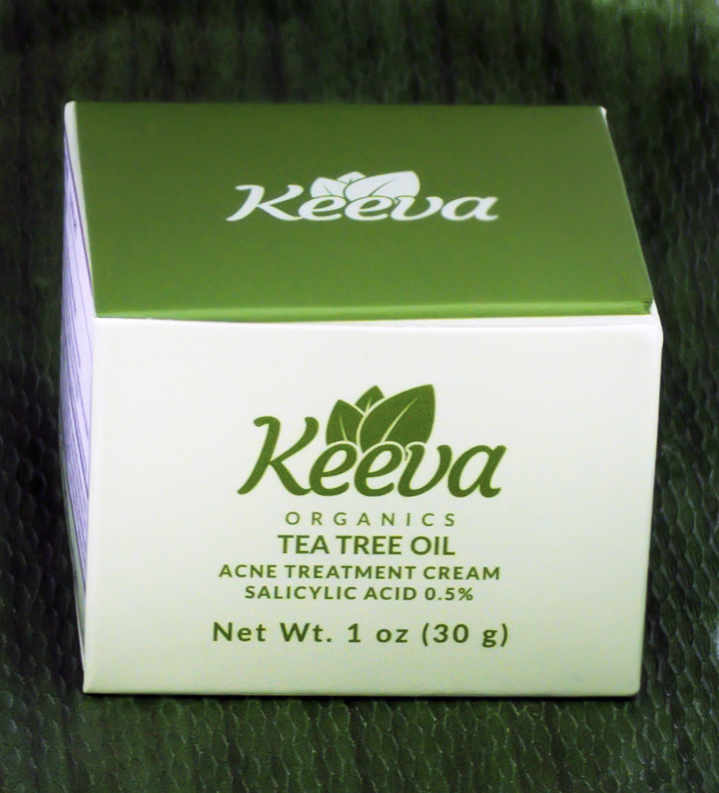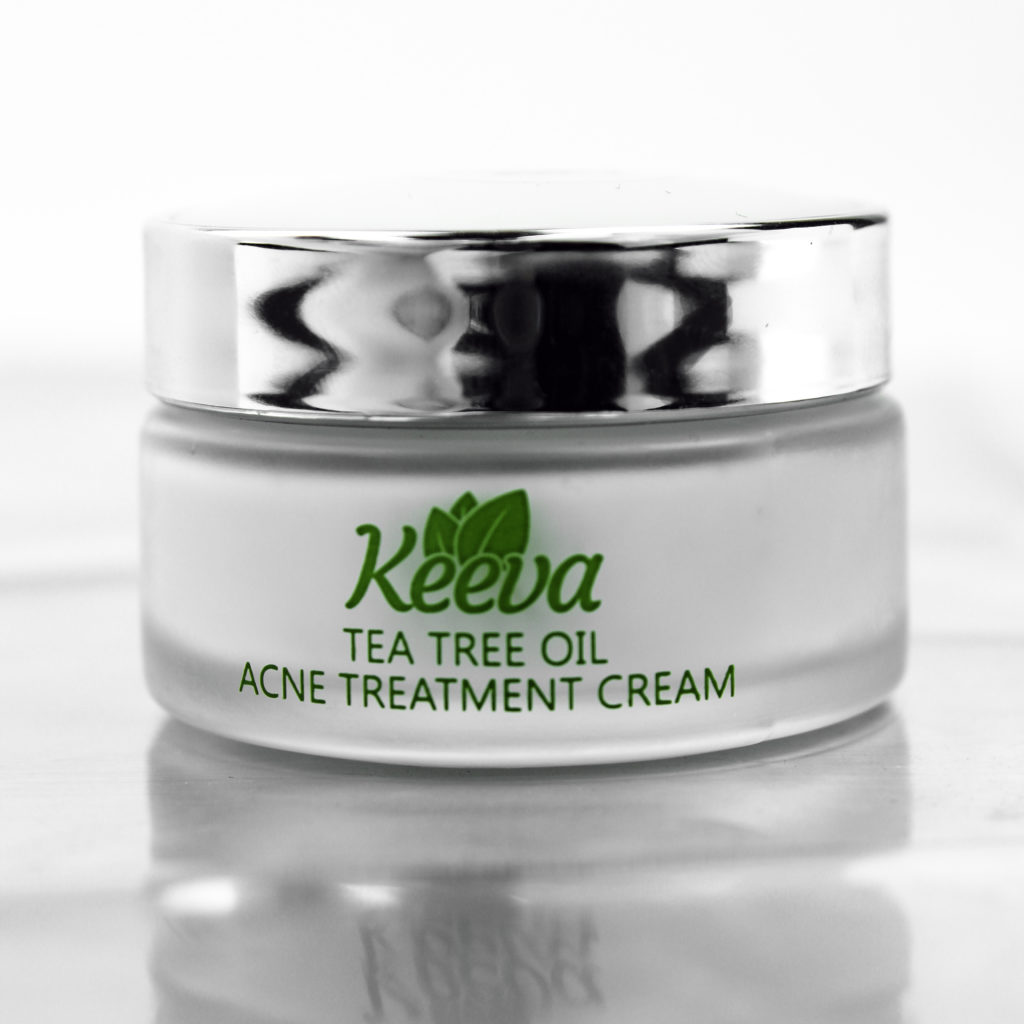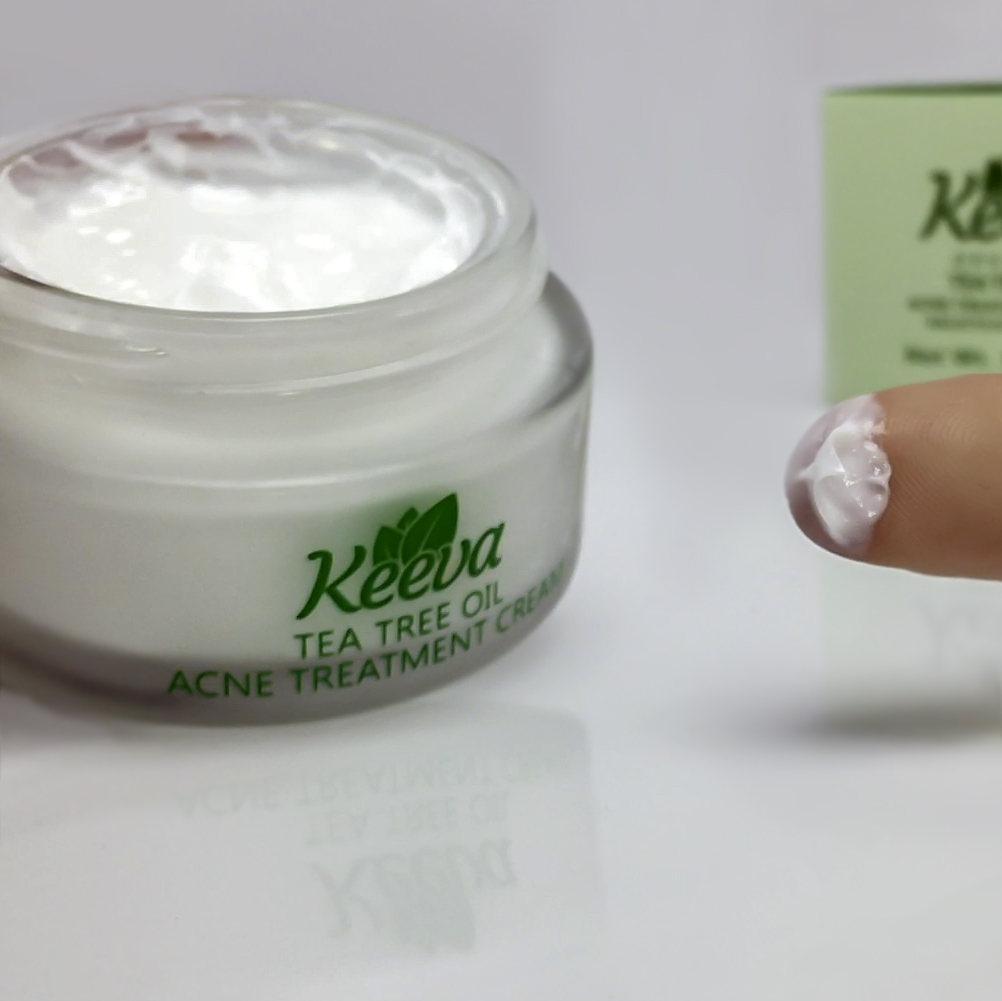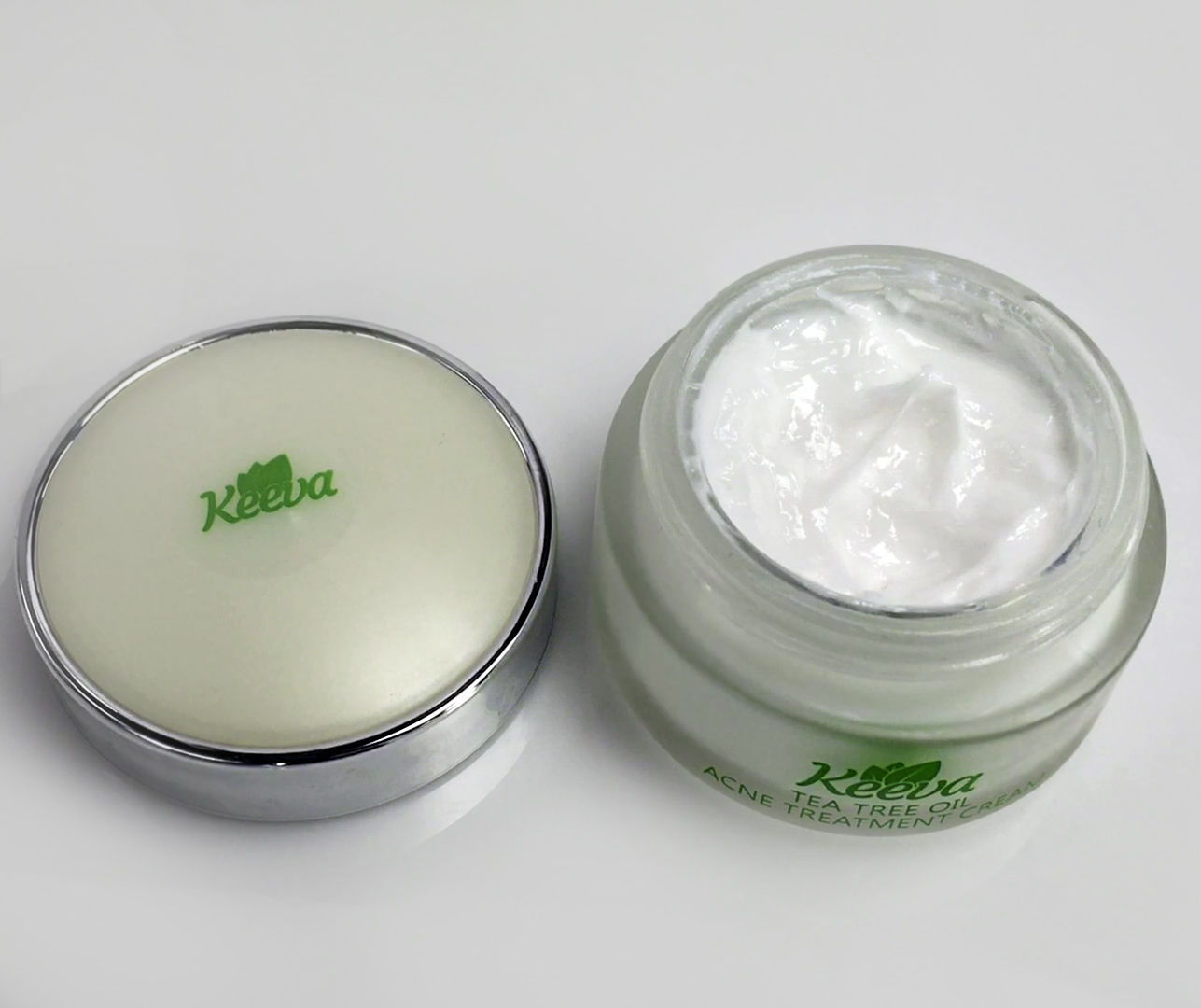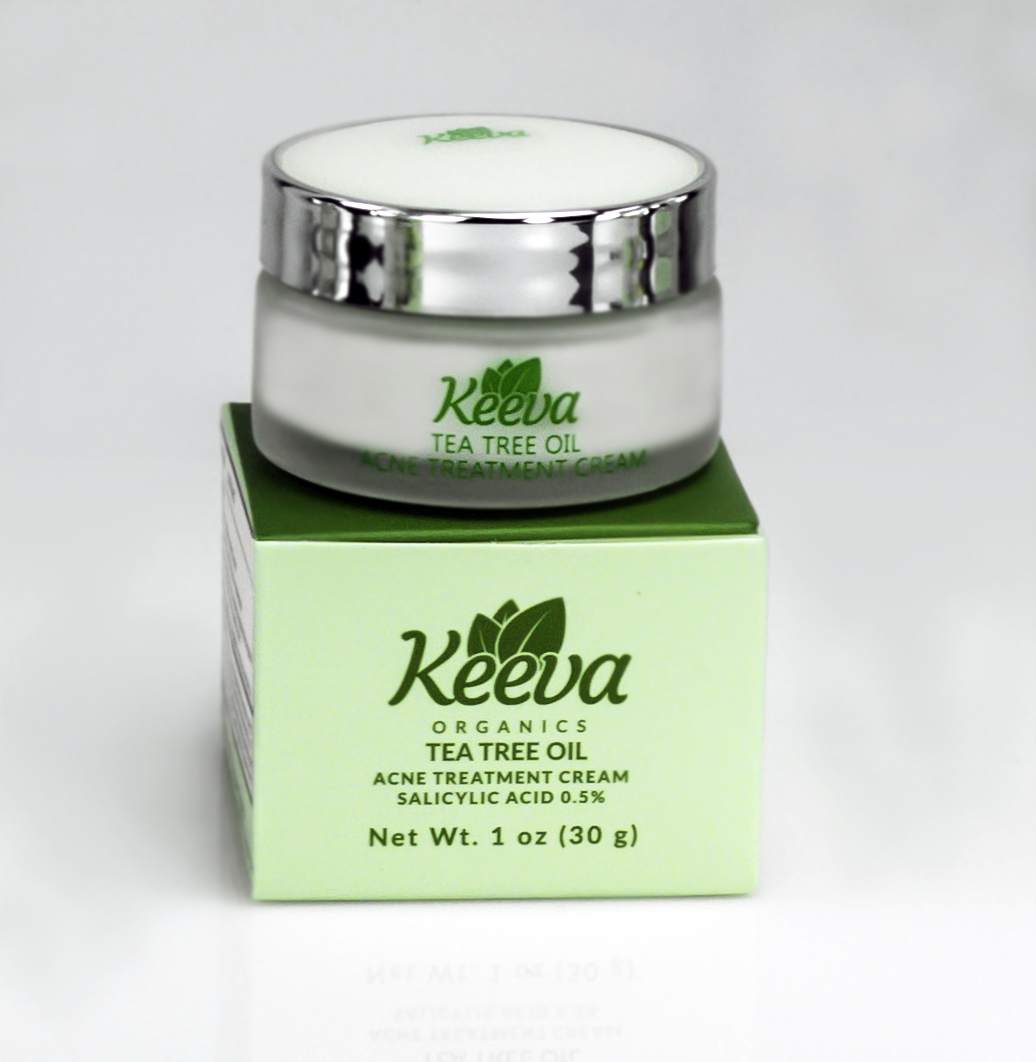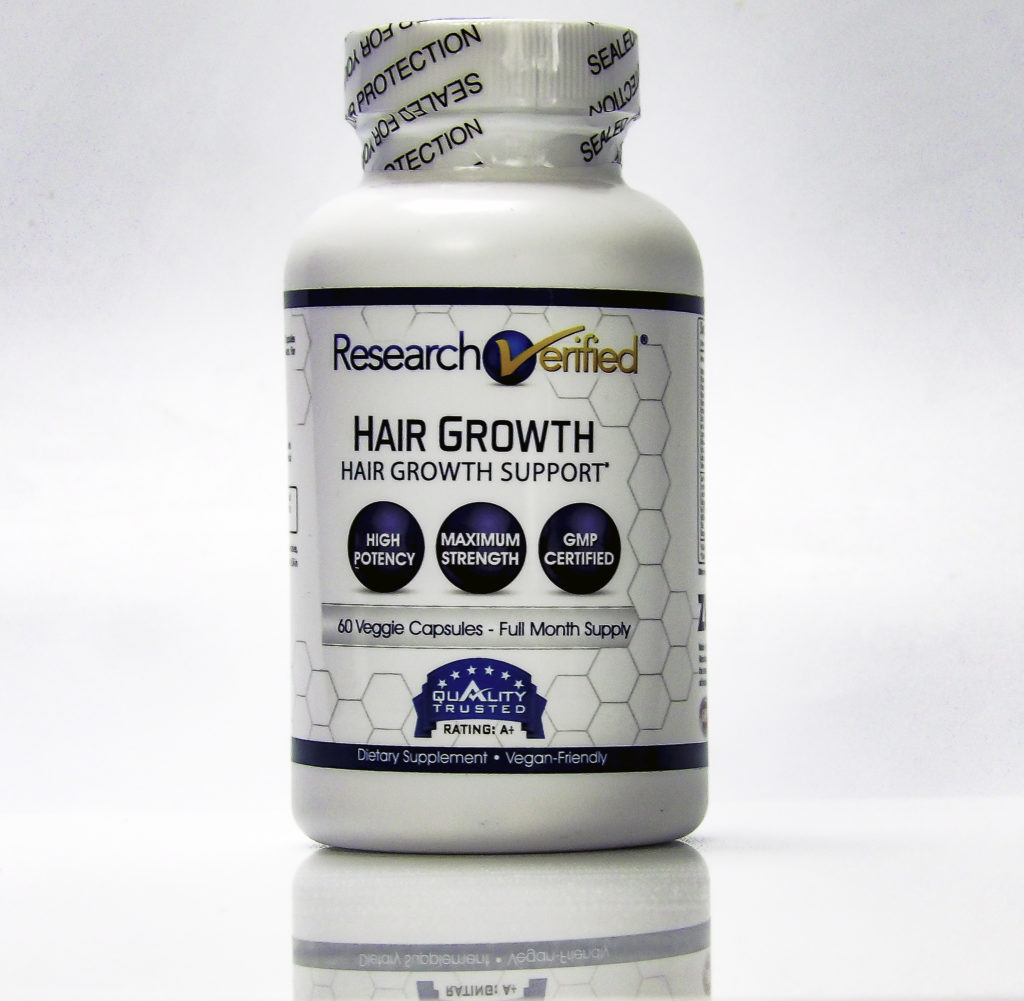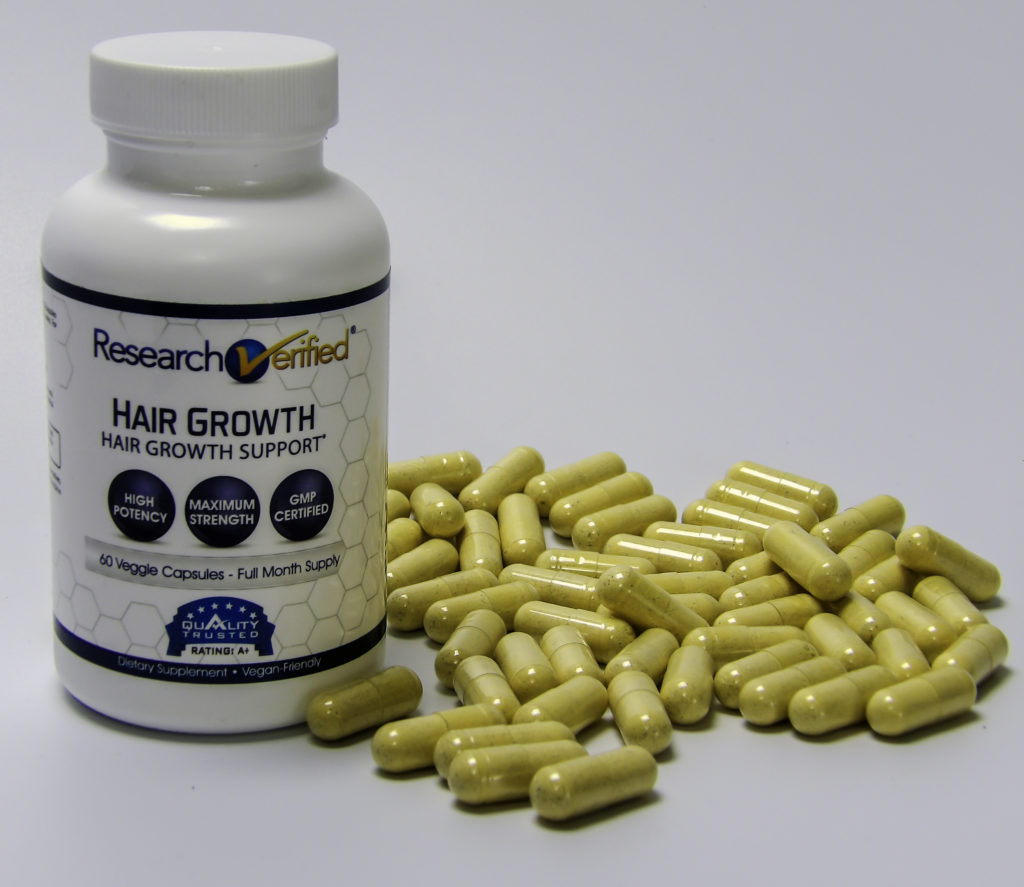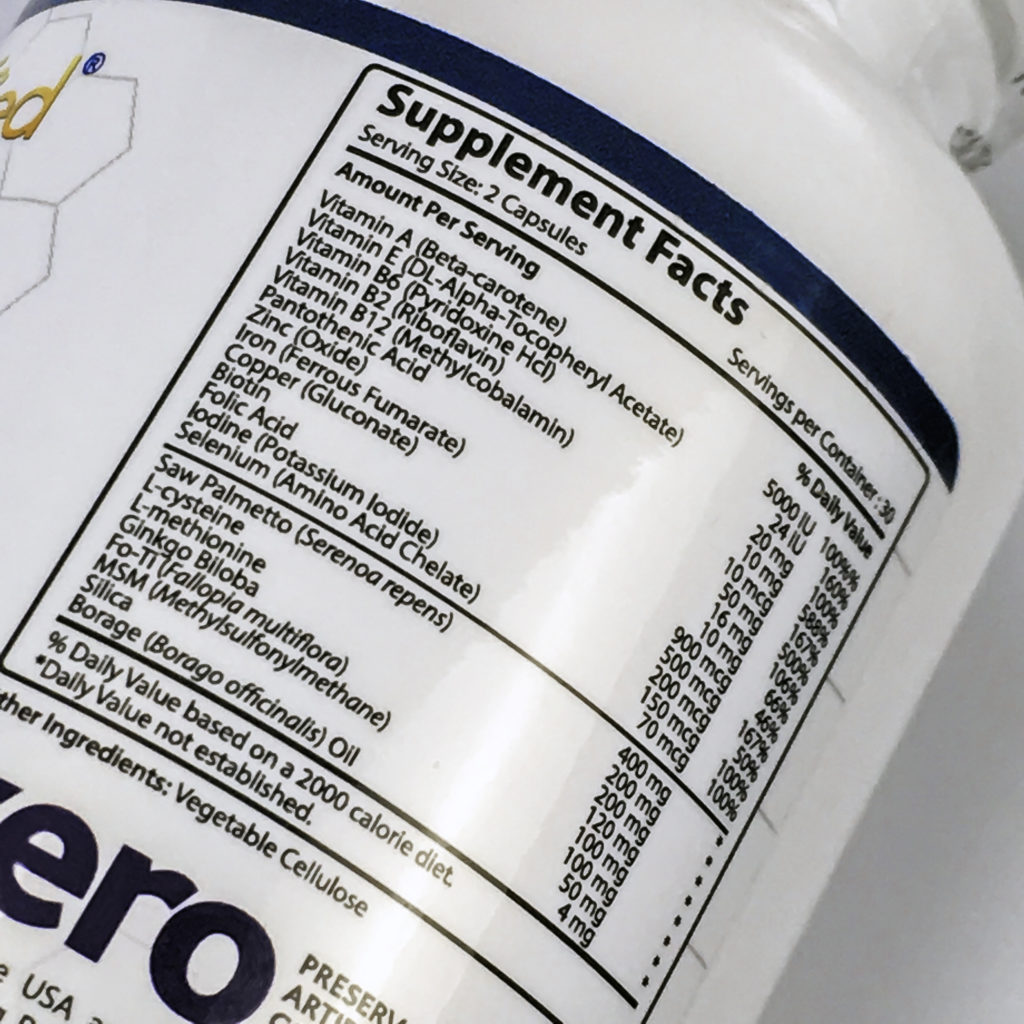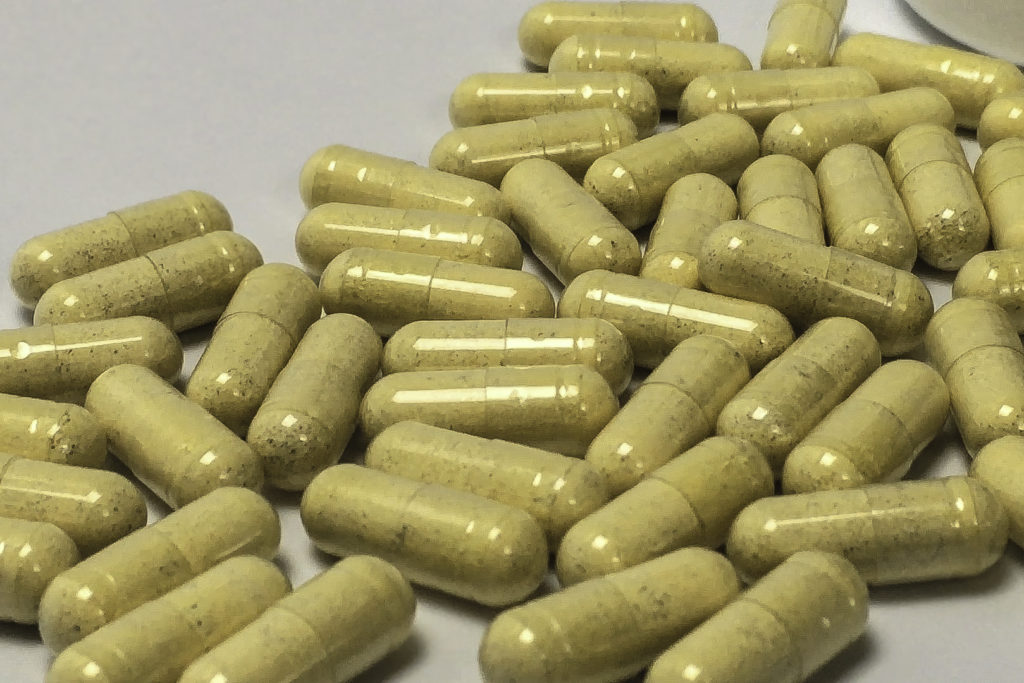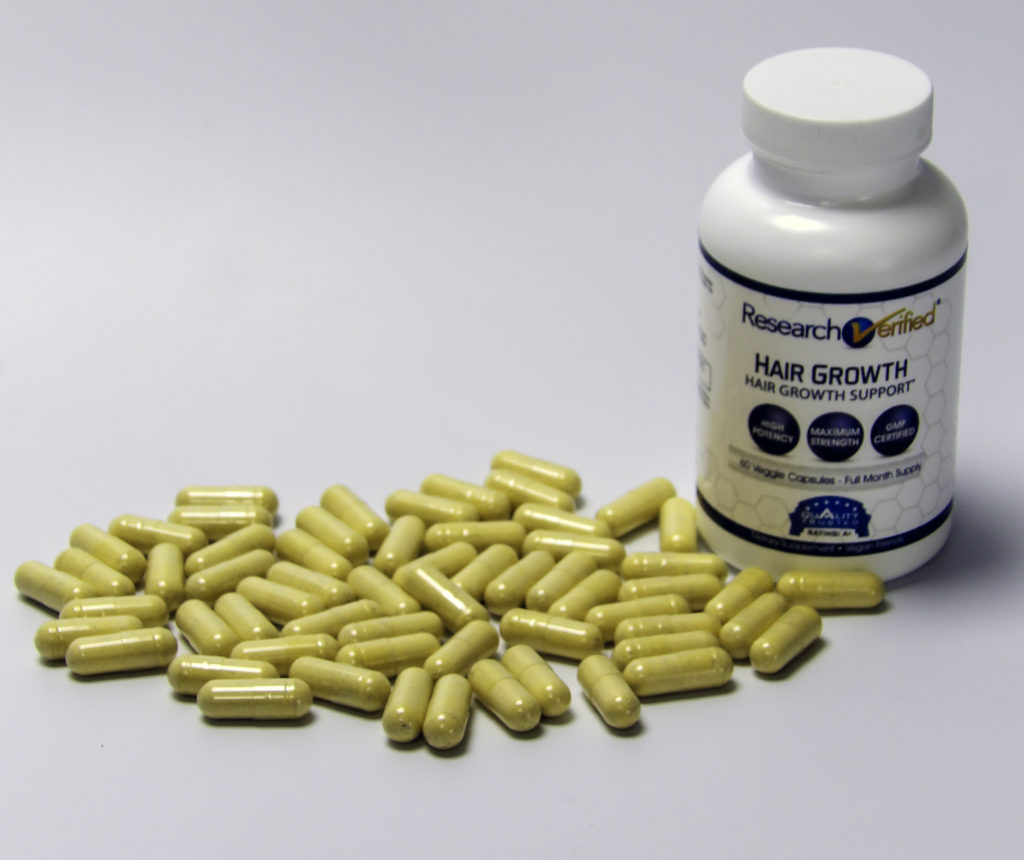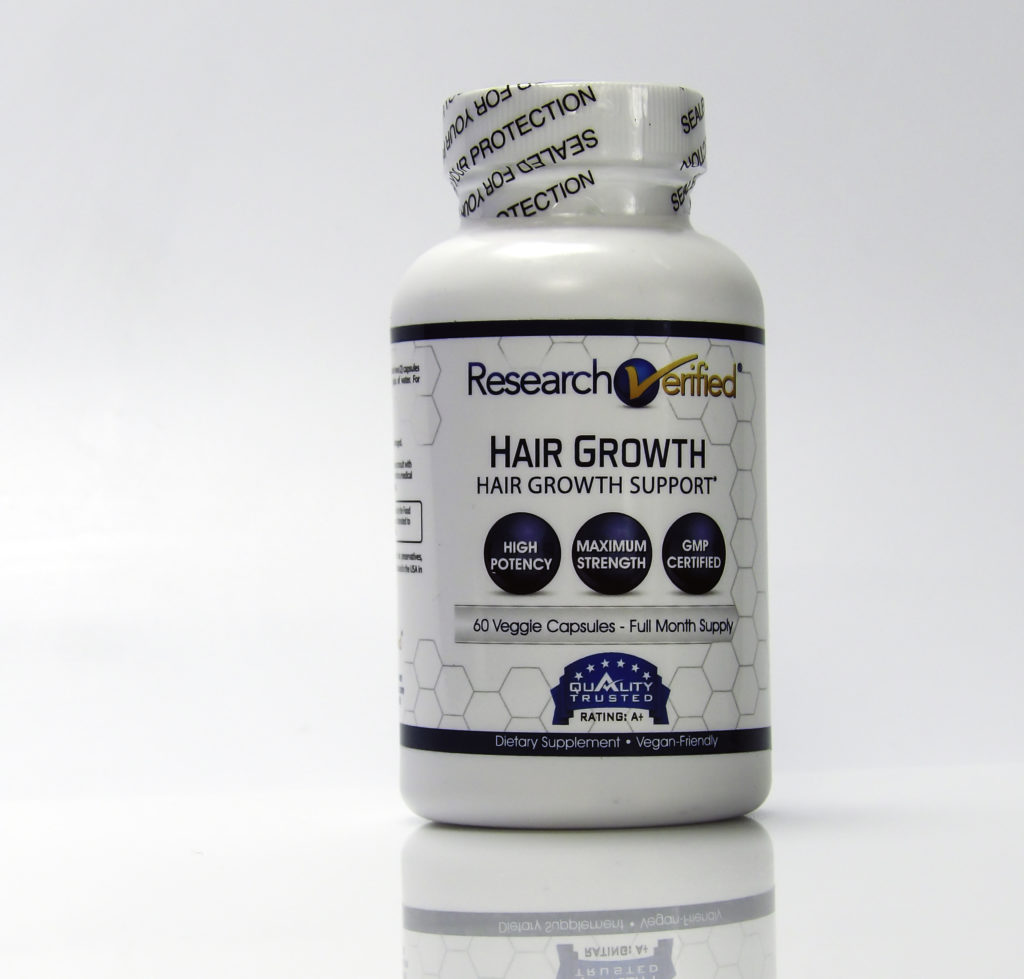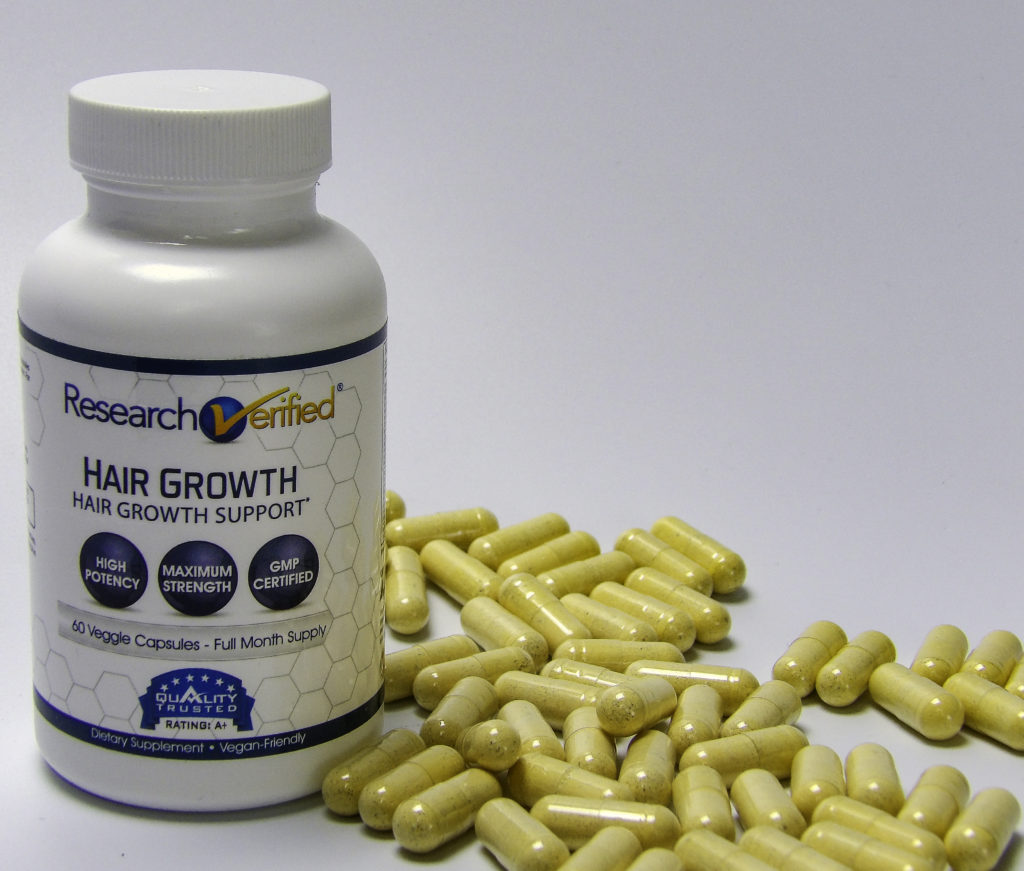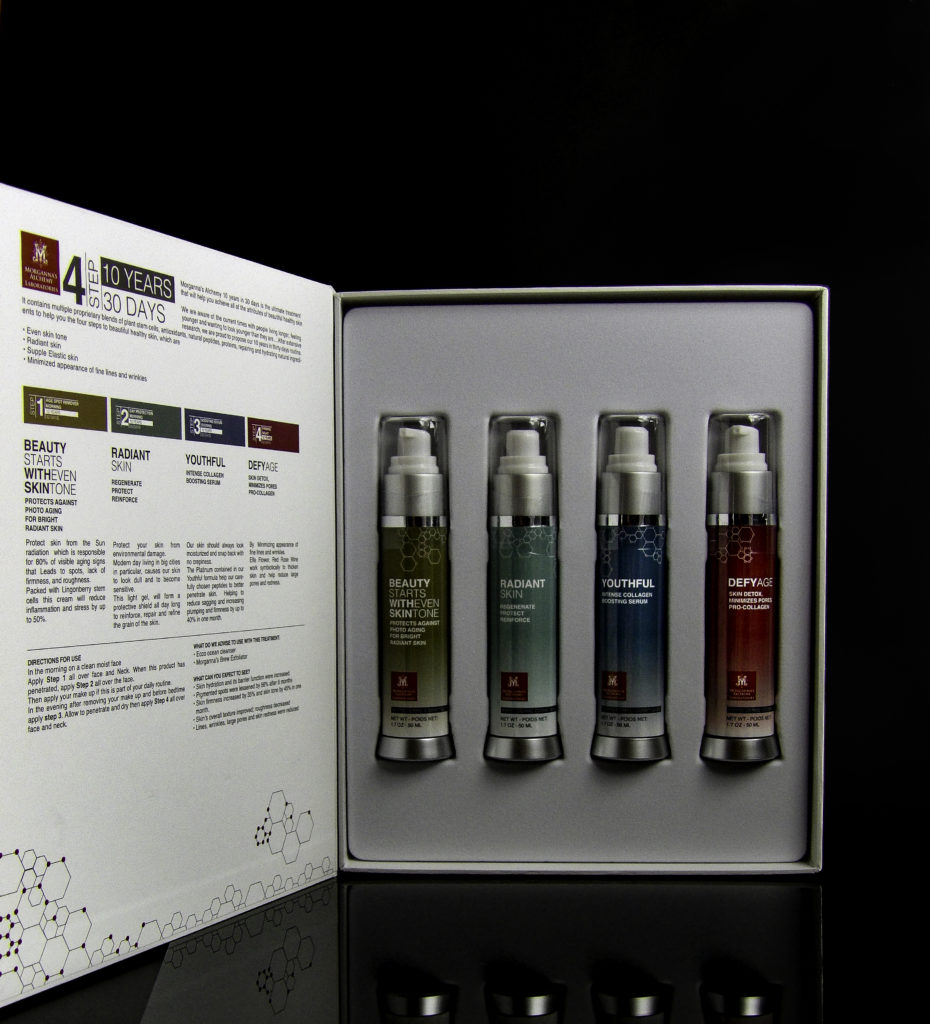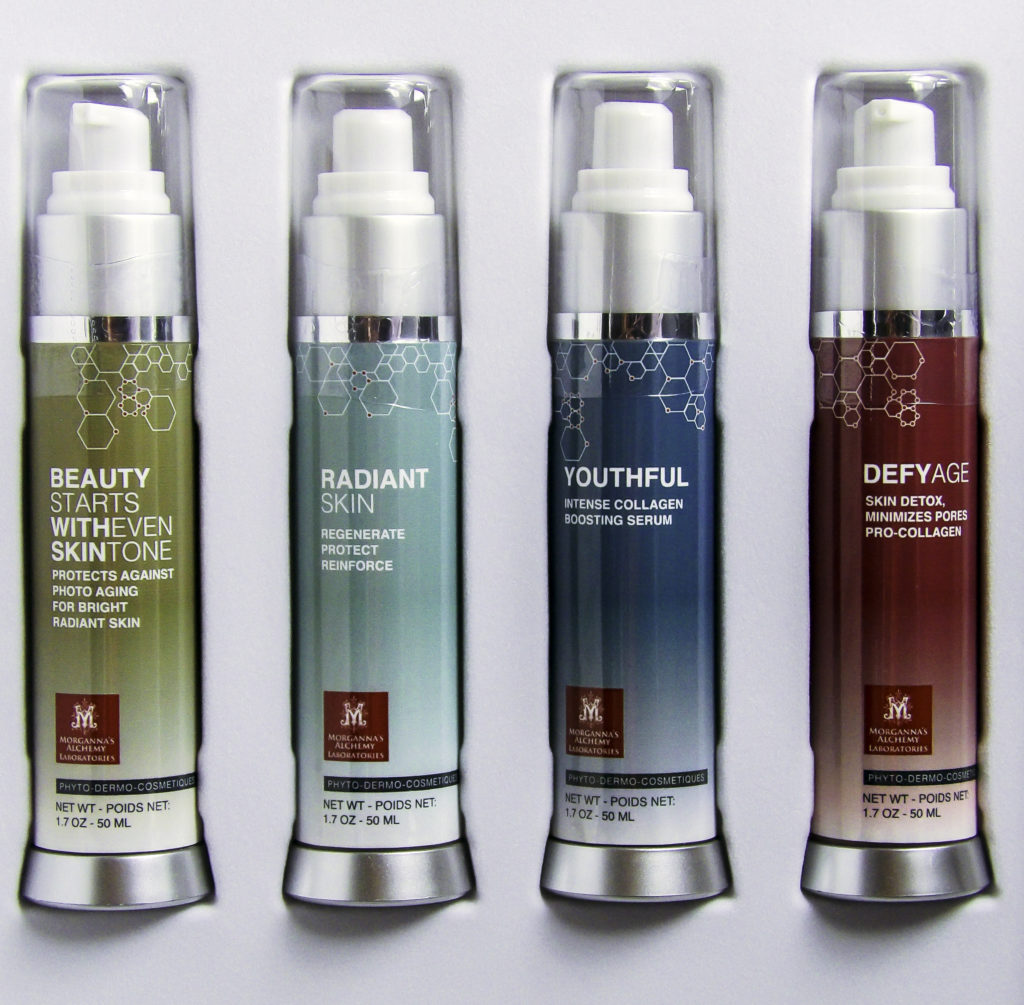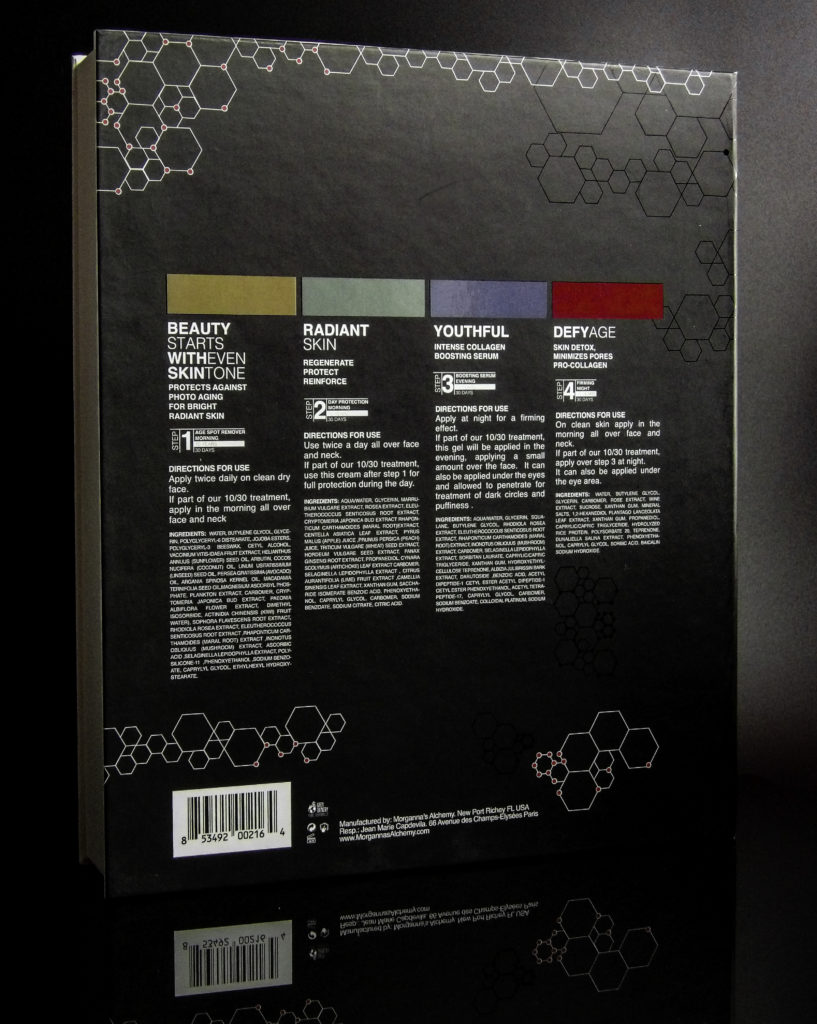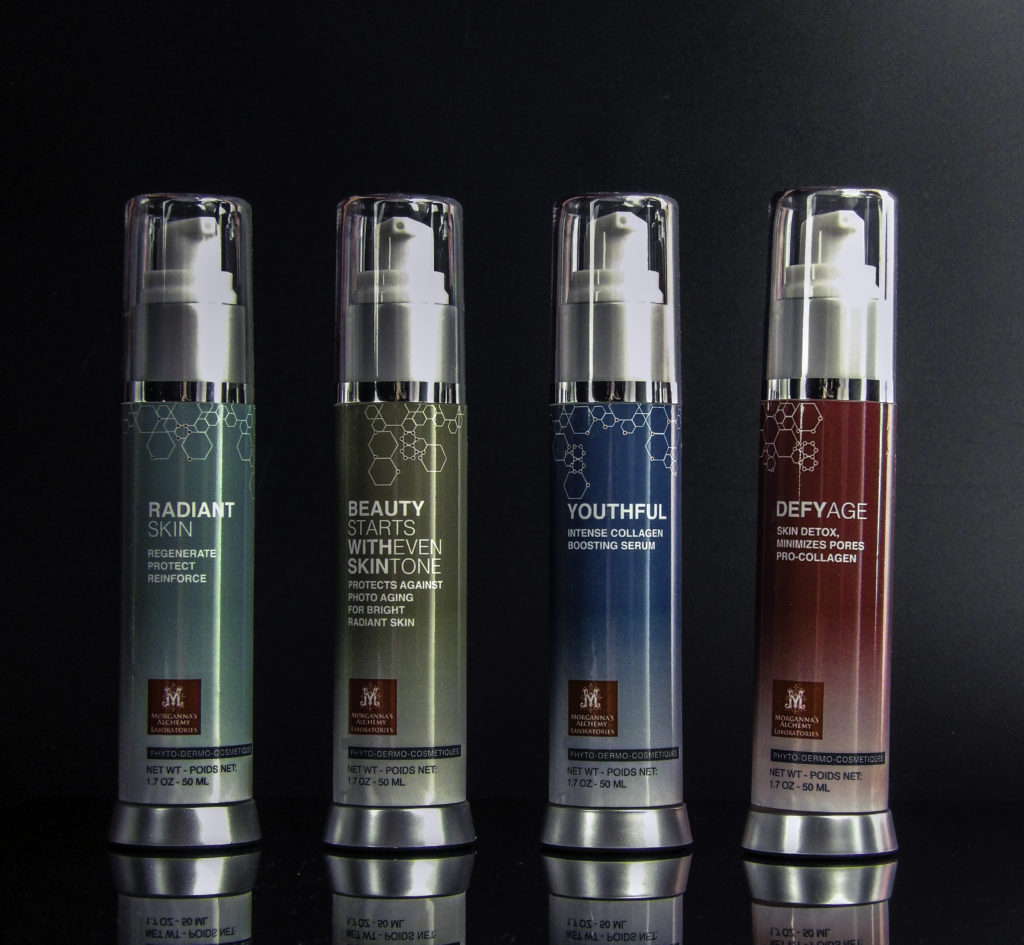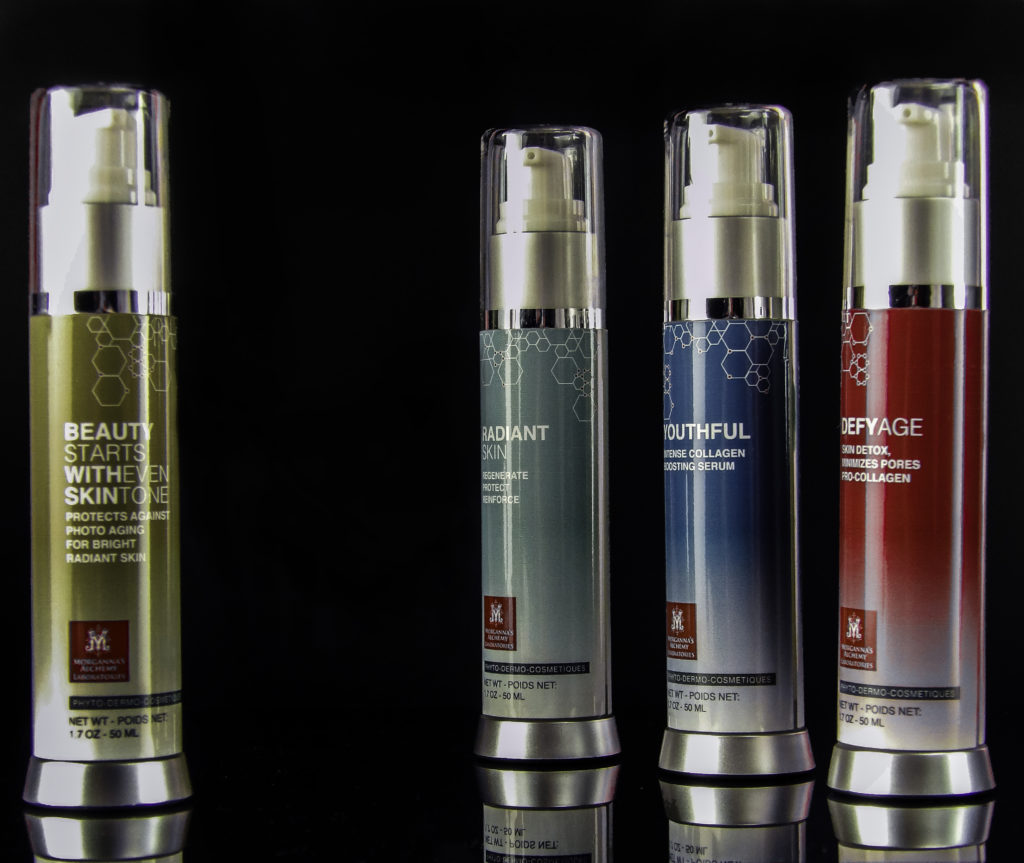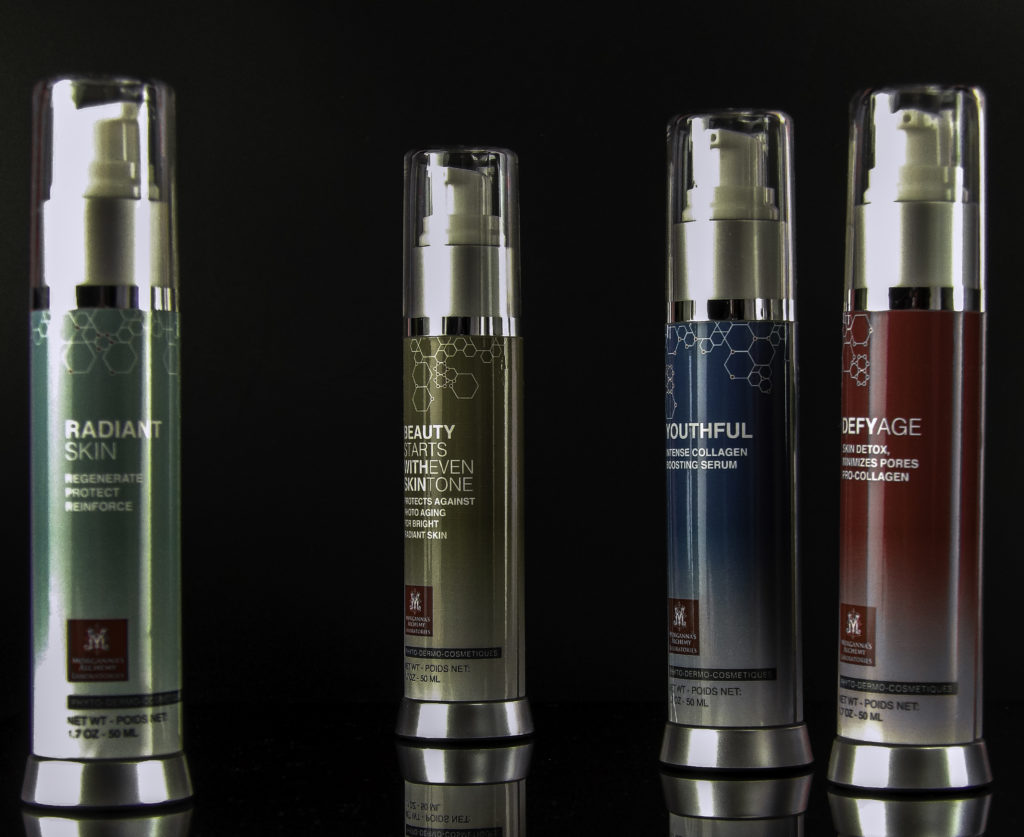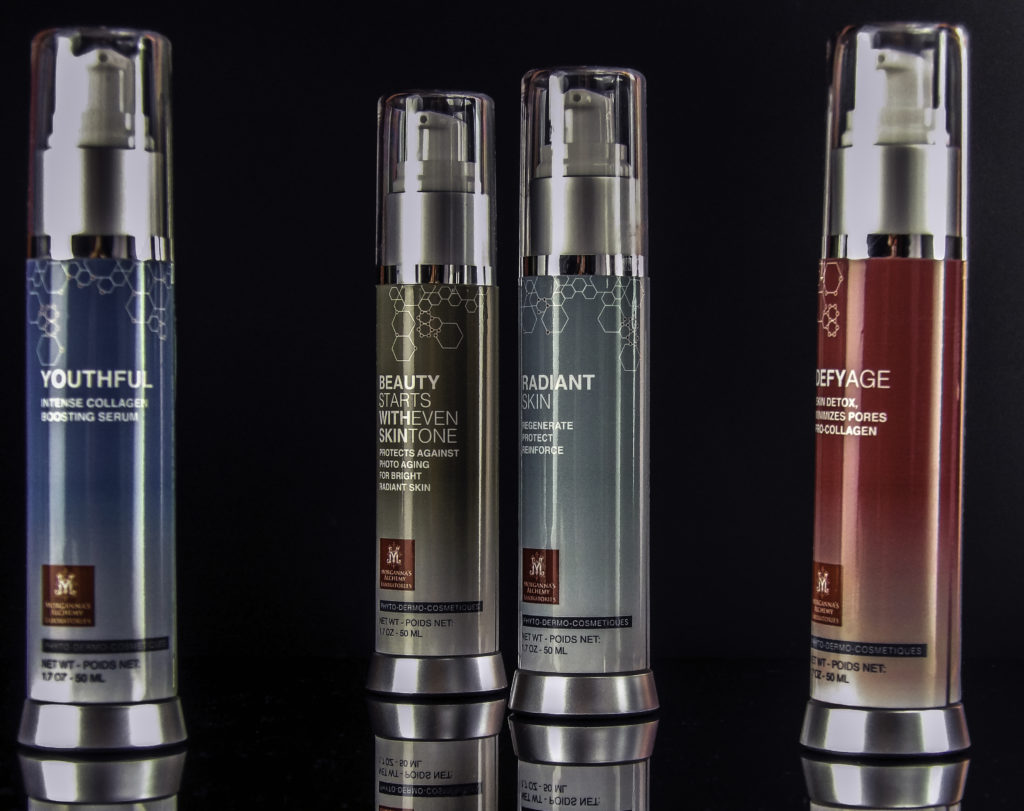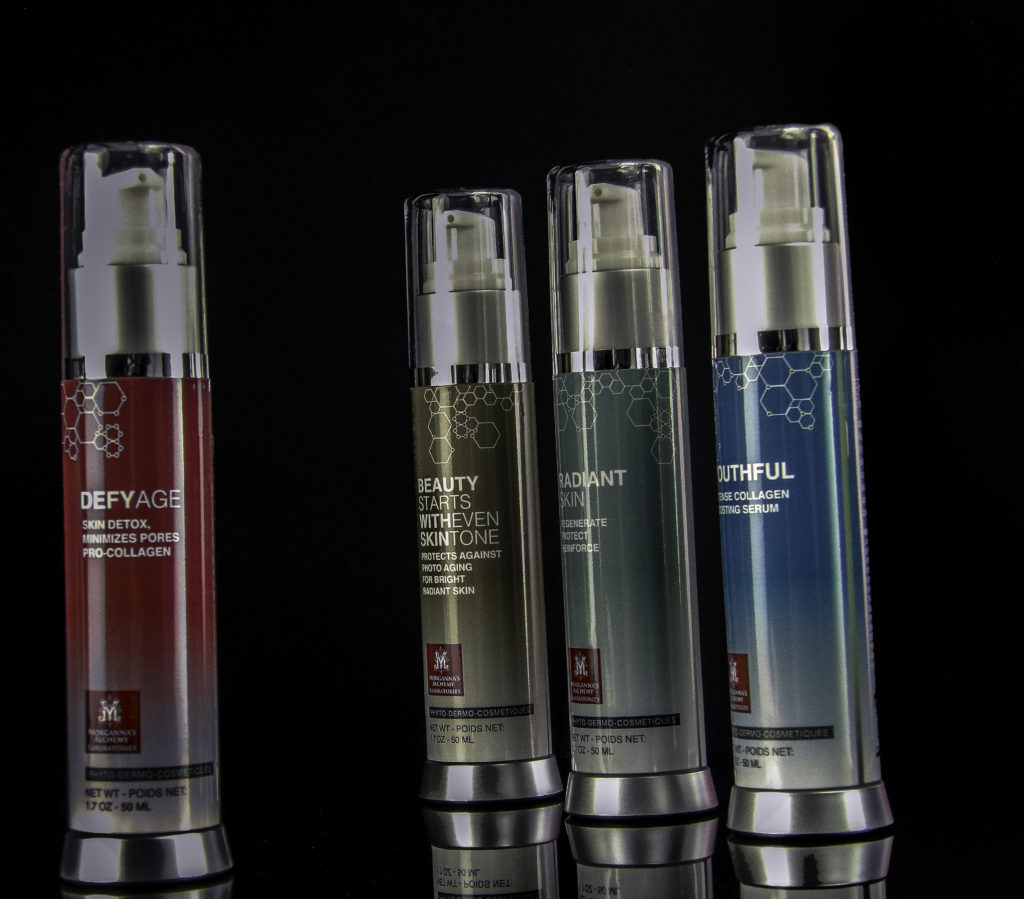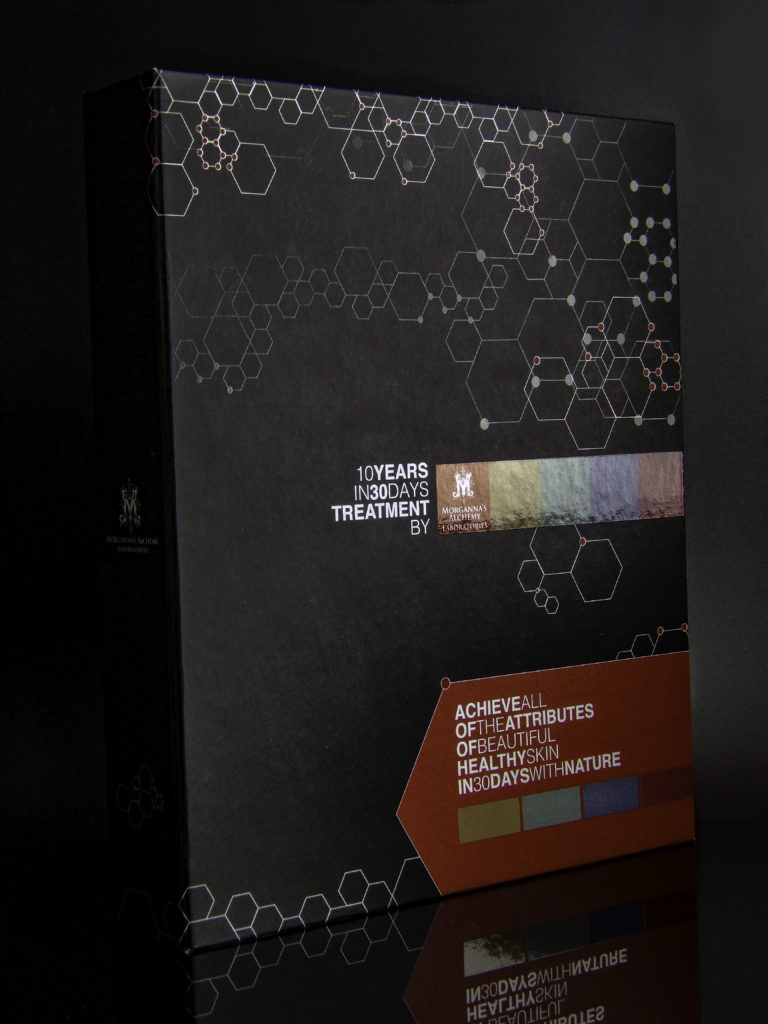Definition Guide of skin and hair care terms. We define skin and hair care ingredients with meaningful results. Updated regularly.
A | B | C | D | E | F | G | H | I | J | K | L | M
N | O | P | Q | R | S | T | U | V |W| X | Y | Z
D
- D3 (Vitamin)
- A D3 deficiency can lead to headaches, hair loss, dull skin, and poor sleep. A common deficiency for those who are diligent with sun protection products, but one that is easy to fix with supplements and proper diet. D is frequently found in hair supplements as it is a first line cause of hair thinning and breakage in the absence of other medical explanations.
- Daffodil Root Extract
- Daffodil Root Extract contains lycorine which is an anti-oxidant. [1]
Antioxidants help fight free radicals. Free radicals accelerate the skins of aging.
- Dandelion Extract
- Dandelion Extract stimulates collagen production. Packed with vitamins A, C, and E, it protects skin against free radical damage and reduces the appearance of fine lines and wrinkles. Magnesium and zinc detoxify skin, and anti-inflammatory properties calm irritation and under-eye puffiness.
-
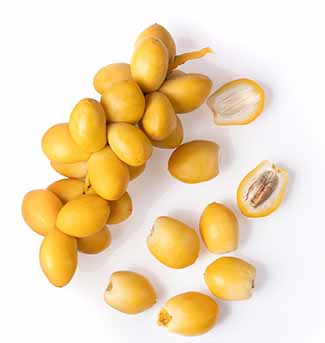
Date oil, as extracted from the Date Fruit, is rich in fatty acids
Date Oil
- Phoenix Dactylifera Fruit Extract is better known as Date oil. Date Oil revives dull, dry, and brittle hair. It has the four fatty acids oleic, linoleic, lauric and palmitic acid. These feed reduce moisture loss in the hair, keep the hair cuticle sealed, and keep the scalp moisturized. It is also antimicrobial and antibacterial to keep the scalp clear. Date Oil is rich in hair-enhancing vitamins including B2 which can decrease hair fall. B2 produces Keratin and promotes hair elasticity. Date Oil contains copper and pantothenic acid (B5) which reduces premature graying of hair.
- Daucus Carota Sativa
- Daucus Carota Sativa is better known as Queen Anne’s Lace, Bird’s Nest or wild carrot. It is a white wildflower with lace-like umbrels. Orange carrots as we know them have been cultivated from this wild carrot.
High in Vitamin A, wild carrot provides care for rough, dry, flaky skin and protects normal skin. High in antioxidants, it repairs skin damage and wrinkles. [2] It stimulates the growth of new tissue and new skin, thus promoting a clearer, brighter, evenly toned complexion. By contributing moisture it keeps skin supple. Regular use on dry and cracked skin can result in the faster healing of scars. It calms irritation and the fades redness in acne marks and scars. Oil from the seed has been used cosmetically in anti-wrinkle creams.
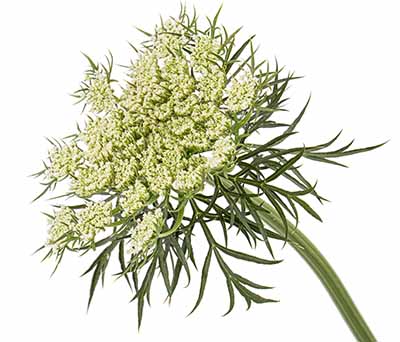
Inflorescence of carrots, or Daucus Carota Sativa is high in Vitamin A and gently fades discoloration and scars
- Decyl Glucoside
- A mild surfactant used primarily in green beauty shampoos and cleansers. It is derived from coconuts is a quite gentle.
- Dermabrasion
- Dermabrasion is a surgical or in-office procedure where the skin is sanded down to remove the top layer. This reduces the appearance of scars or pox. Less powerful dermabrasion devices are available for at-home use.
- Dermaplaning
- Dermaplaning uses a surgical scalpel to gently scrape off the top layer of dead skin cells to reveal smoother and brighter skin. It also removes peach fuzz. The benefit is improved skin texture, better product absorption, and younger skin appearance. Performed by dermatologists and with select at-home devices.
- Dermatologically Tested
- Tested on the skin by a dermatologist. This term usage varies by company or brand. The term does not automatically imply that the product results are “Dermatologist Approved” or “Dermatologist Recommended”.
- Diatomaceous Earth
- Diatomaceous Earth is a safe, natural, mild abrasive found in some natural toothpaste. It is fossilized remains of marine phytoplankton.
- DHT (dihydrotestosterone)
- DHT is a hormone which causes hair follicle shrinkage. DHT accumulates at the base of the hair follicle when hair is not washed daily. It also accumulates under dandruff and dry flakes. If left unaddressed, DHT shrinks the follicle and deters new hair growth until the follicle doesn’t grow hair at all. [3] Topical products and vitamins can remove or reduce DHT production and accumulation. Once DHT is removed, hair follicles may once again grow hair.
- Dimethicone
- Dimethicone is a type of silicone often used in oil-free moisturizers for slip and hydration.
- Dimethylaminoethanol (DMAE)
- DMAE is useful in supplement and topical form for skin maintenance to maintain muscle and skin firmness. DMAE supplements support muscle tone, including facial muscles. Topical DMAE firms and tightens the appearance of the skin. It has short-term and long-range effects. Research is mixed but DMAE is used with some success, even if temporary, in several well known dermatologist skin care brands to give a skin tightening effect.
- DNA Repair Enzymes
- Marine extracts in a topical liposome delivery form which can correct the impact of sun damage to the skin. Notable improvements are seen in photodamage effects such as hyperpigmentation (brown spots) and wrinkles. Regular use of DNA Repair Enzymes have been shown to reduce basal cell carcinomas and other pre-cancerous lesions. and skin cancer. [4]
- Double Cleansing
- A K-Beauty cleansing method of using a cleansing oil and a water-based face wash to dissolve heavier makeup and pollutants. The need for and success of this method is highly contingent upon your environment (cities with pollution) and the skincare and makeup used (heavy, long-wearing or powder based foundations, waxy makeup, primers or sunscreens). Helpful method to gently remove difficult or long-wearing products.
REFERENCES
- Jing Liu, Yan Li, Wei Ren, Wei-Xin Hu, Apoptosis of HL-60 cells induced by extracts from Narcissus tazetta var. chinensis, Cancer Letters, Volume 242, Issue 1, 2006, Pages 133-140,
ISSN 0304-3835, https://doi.org/10.1016/j.canlet.2005.11.023. - Alves-Silva, Jorge M et al. “New Claims for Wild Carrot (Daucus carota subsp. carota) Essential Oil.” Evidence-based complementary and alternative medicine : eCAM vol. 2016 (2016): 9045196. doi:10.1155/2016/904519
- Yarosh D, Klein J, O’Connor A, Hawk J, Rafal E, Wolf P. Effect of topically applied T4 endonuclease V in liposomes on skin cancer in xeroderma pigmentosum: a randomised study. Xeroderma Pigmentosum Study Group. Lancet. 2001;357(9260):926-929. doi:10.1016/s0140-6736(00)04214-8

